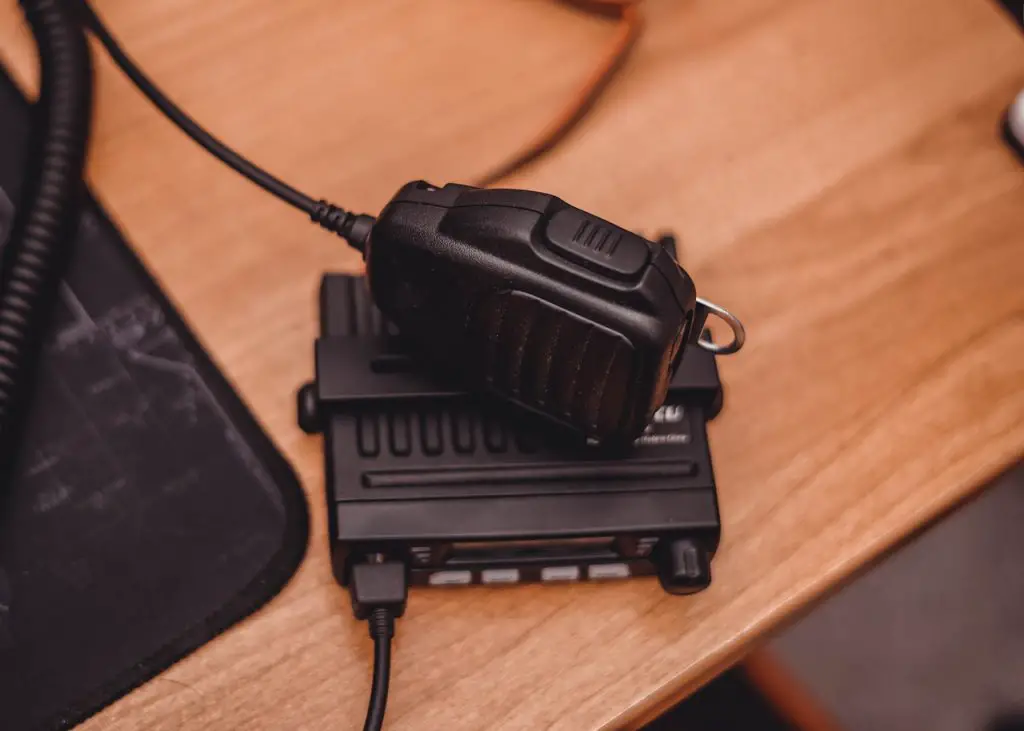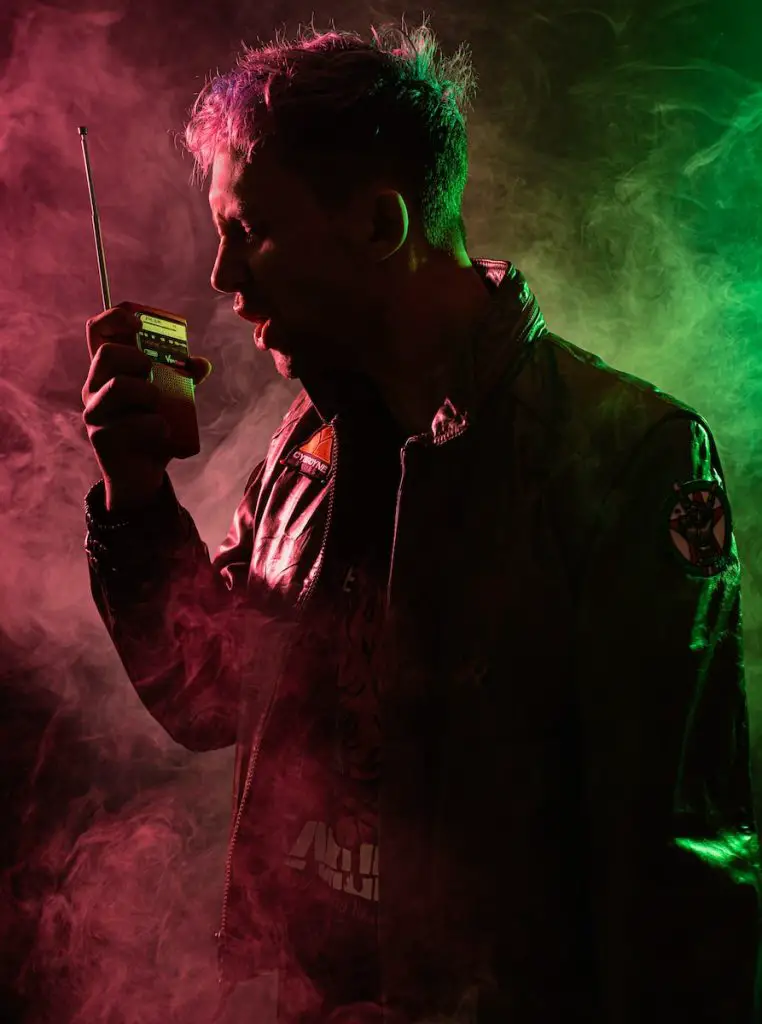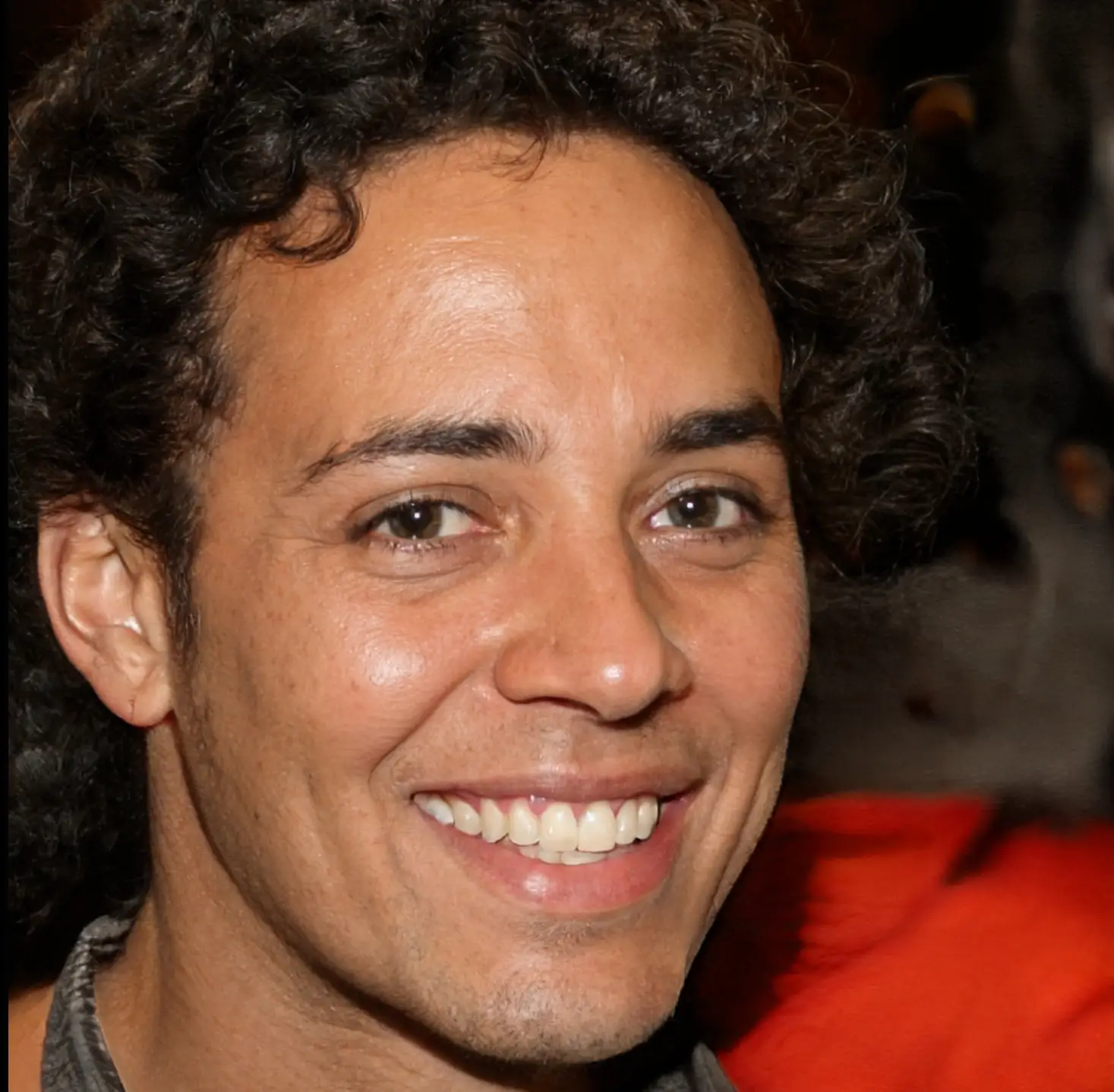- Two-way radio communication is essential. Codes, or 10 codes or police codes, are a quick and efficient way to communicate. Here, we’ll explore their significance.
- Law enforcement, emergency services, and transportation rely on clear and concise communication. Two-way radio codes provide a standard system that allows professionals to convey messages without confusion quickly. A police officer can report a crime in progress, or a paramedic can request medical help.
- These codes are brief, condensing complex messages into short phrases or numbers. This saves time during critical situations. For example, code 10-0 signifies an urgent medical emergency instead of saying: “Send an ambulance!” This ensures details are relayed swiftly and accurately.
- Two-way radio codes offer security benefits, too. They are specific to certain industries or organizations, providing confidentiality. Unauthorized individuals cannot understand the exact message. This helps maintain operational security.
To make the most out of two-way radio codes, individuals must be familiar with them and practice their usage. Organizations should provide training programs to ensure employees understand each code and can use them confidently.
It is also essential to remain updated on any changes or modifications to the code system. Codes can change due to new technology or protocols. Staying informed will enable professionals to adapt their communication strategies.
What are Two-Way Radio Codes?
Two-Way Radio Codes, or 10-codes or police codes, are a way to communicate quickly and efficiently. They are used in many industries, like law enforcement, emergency services, transportation, and security.
These codes can be divided into three main categories:
- 10 codes for general purposes. Examples include 10-4 (Okay), 10-20 (Location).
- 11 codes specific to law enforcement. Examples include 11-99 (Officer needs assistance), 11-41 (Ambulance Needed).
- Specialized codes are used in specific industries. Examples include Signal 5 (Relay This Information), and Code G (Gang Activity).
Sometimes, different regions use different codes. So, radio operators need to be familiar with the regulations that apply to them.
The codes have changed over time. They were created to transmit messages quickly without using too much airtime. But, with modern communication technology, their use has decreased in some areas while remaining popular in others. The American Standards Association made an official set of Ten Signals in the 1940s, forming the basis of many today’s codes.
Two-Way Radio Codes can improve communication for professionals across different industries. Radio operators can ensure quick response times in critical situations if they are used correctly, and their meanings are understood.
History of Two-Way Radio Codes
Two-Way Radio Codes have an exciting history. They were developed by law enforcement for quick and discreet communication. 10 codes or police codes allowed officers to send information without broadcasting it.
Other industries adopted these codes: transportation, aviation, and security. This made it easier to understand messages. The principles evolved to meet demands. New regulations were created for specific scenarios, and as technology improved, radio systems did too.
Two-Way Radio Codes are often location-specific. Different regions have their codes and vocabulary. This keeps messages clear and concise.
Pro Tip: Knowing the codes used in your region or industry is important. This can improve communication efficiency.
The Importance of Two-Way Radio Codes

Two-way radio codes are essential for successful communication between professionals like police, emergency responders, and security personnel. They are a fast and straightforward way of sharing info, reducing misunderstandings or wrong interpretations in urgent cases. By utilizing specific codes, pros can communicate without revealing sensitive information to anyone.
Time is vital during emergencies. Radio codes help responders pass on important details while maintaining professional standards succinctly. These codes work as a shared language, so all pros in the field can comprehend it – ensuring smooth coordination and collaboration during fast-paced operations.
Radio codes don’t only ease communication between professionals, but they also boost operational effectiveness. With a wide range of principles, pros can send complex info rapidly and accurately. This optimizes decision-making processes and helps teams to act effectively in changing conditions.
Pro Tip: Ensure all team members know the codes used in their organization or jurisdiction. Periodic training sessions should ensure understanding and success in using codes. This will maximize the benefits of the principles and minimize any potential confusion or errors during critical operations.
Common Two-Way Radio Codes Explained
Two-way radio codes, or 10-codes or police codes, are essential for a smooth communication experience. Here is a table with some standard two-way codes and their meanings:
| Code | Meaning |
|---|---|
| 10-4 | Message received |
| 10-20 | Location |
| 10-33 | Emergency |
| 10-99 | Officer in need of assistance |
Plus, some organizations have their own set of codes. These codes can be abbreviations for locations, personnel, or processes. It is essential to know the code system used in your domain.
Pro Tip: When using two-way radio codes, speak clearly and concisely. Refrain from using too much jargon or acronyms that may be confusing. This will ensure effective information exchange during critical scenarios.
How to Decode Two-Way Radio Codes
Decoding two-way radio codes is a great skill! It is beneficial for those in emergency services or security. These codes are designed to be a quick and efficient way to communicate. Learn these codes to make your two-way radio communication easier.
Here is how to decode two-way radio codes:
- Know common codes. For example, 10-4 (acknowledgment), 10-20 (location), and 10-33 (emergency).
- Study code lists. These lists outline the meanings of each code. Figure out the context behind each code so you can decipher messages accurately.
- Pay attention to context. The same code can mean different things, depending on the situation. Be aware of clues like time and location.
- Practice active listening. Listen for subtle changes in tone that may change the meaning. Regular practice will help you interpret quickly.
- Ask for help. If you don’t know the meaning of a code, ask a colleague or refer to resources.
Remember always to prioritize clear communication. If in doubt, use plain language.
To decode two-way radio codes, practice regularly and aim for accuracy. With this skill, you can communicate faster and better in urgent situations. Take the plunge and experience the power of efficient communication!
Fun and Informal Uses of Two-Way Radio Codes

Adding two-way radio codes, such as 10 codes or police codes, to conversations can be fun and informal. Here are some tips:
- Breaker: Request permission to speak with this classic CB radio code.
- 10-4: Signal understanding or agreement by using this code.
- Roger That: Use this code to show you understand or accept a message.
- Niner: Spice up number pronunciation with this code.
- Smoky Bear: Playfully refer to police officers using this code.
Furthermore, using two-way radio codes can create a sense of camaraderie and connection. Plus, it adds an air of authenticity and nostalgia.
Pro Tip: Fun and informality is excellent, but don’t forget to prioritize clear communication during critical situations. Safety should always come first.
Conclusion
Two-way radio codes are vital for many industries, from law enforcement to transportation. They offer a universal language, allowing quick and effective communication. Plus, there’s a range of codes available to suit various circumstances. It’s worth noting, however, that some codes may be specific to certain organizations or regions.
Don’t delay! Start learning these essential two-way radio codes today. You’ll be able to communicate more effectively and join a team that can respond quickly to any situation. Get the most out of your communication skills and maximize the opportunities available.
Frequently Asked Questions
Q: What are two-way radio codes?
A: Two-way radio codes, also known as 10 codes or police codes, are a communication system used by radio operators to transmit messages quickly and efficiently. They consist of a series of numbers or words that represent common phrases or instructions.
Q: Why are two-way radio codes used?
A: Two-way radio codes streamline communication and ensure clarity in situations where brevity and precision are crucial. They allow operators to convey information concisely, reducing the chance of misinterpretation or confusion.
Q: Where are two-way radio codes commonly used?
A: Two-way radio codes are commonly used by various groups and organizations that rely on radio communications. This includes emergency services like police, fire departments, paramedics, transportation, security, and event management industries.
Q: Are two-way radio codes universal?
A: While some codes may be universal or widely adopted, many can vary betweenferent organizations or regions. It’s essential to familiarize yourself with the specific codes used in your area or profession to ensure effective communication.
Q: Can anyone use two-way radio codes?
A: While anyone can learn and use two-way radio codes, it is essential to understand that these codes are primarily used by professionals who have undergone training and are familiar with the protocols. Unauthorized or incorrect use of codes can lead to confusion or misunderstandings.
Q: Where can I learn two-way radio codes?
A: There are various resources available online, including websites and forums, that provide comprehensive lists and explanations of two-way radio codes. Additionally, many organizations offer training programs or courses specifically for learning and understanding these codes.

